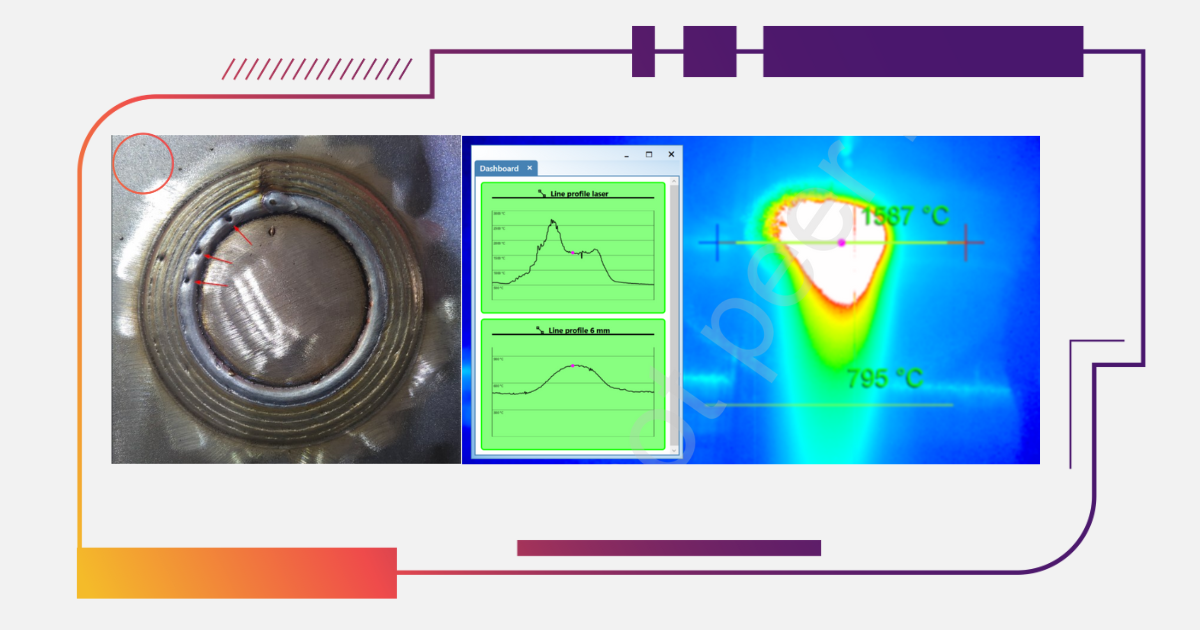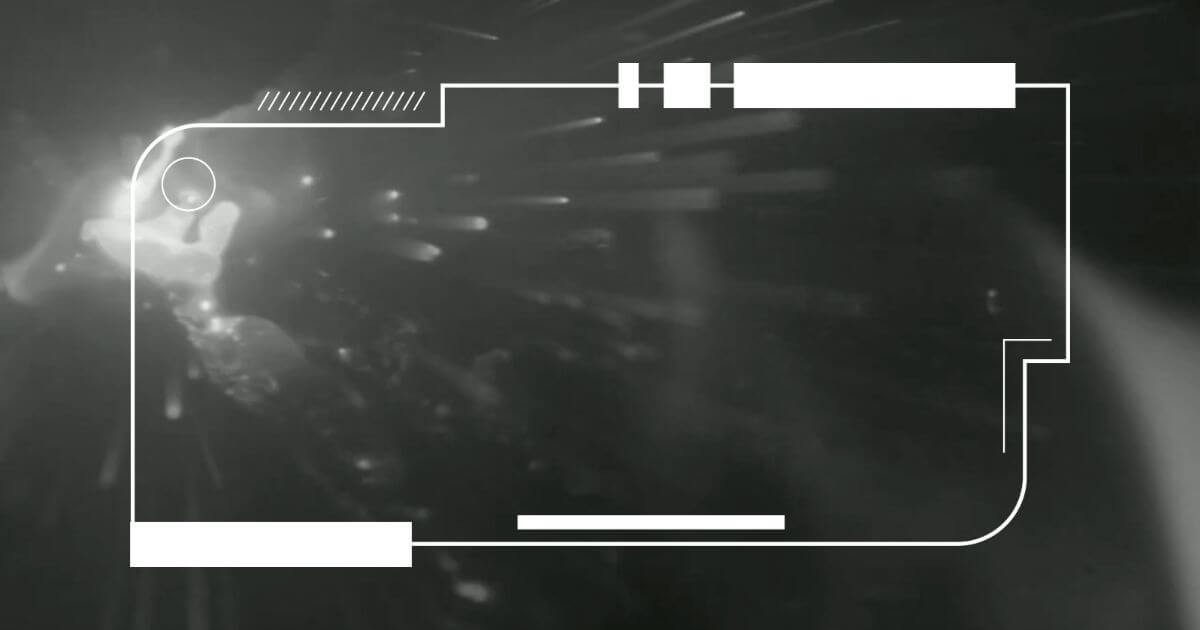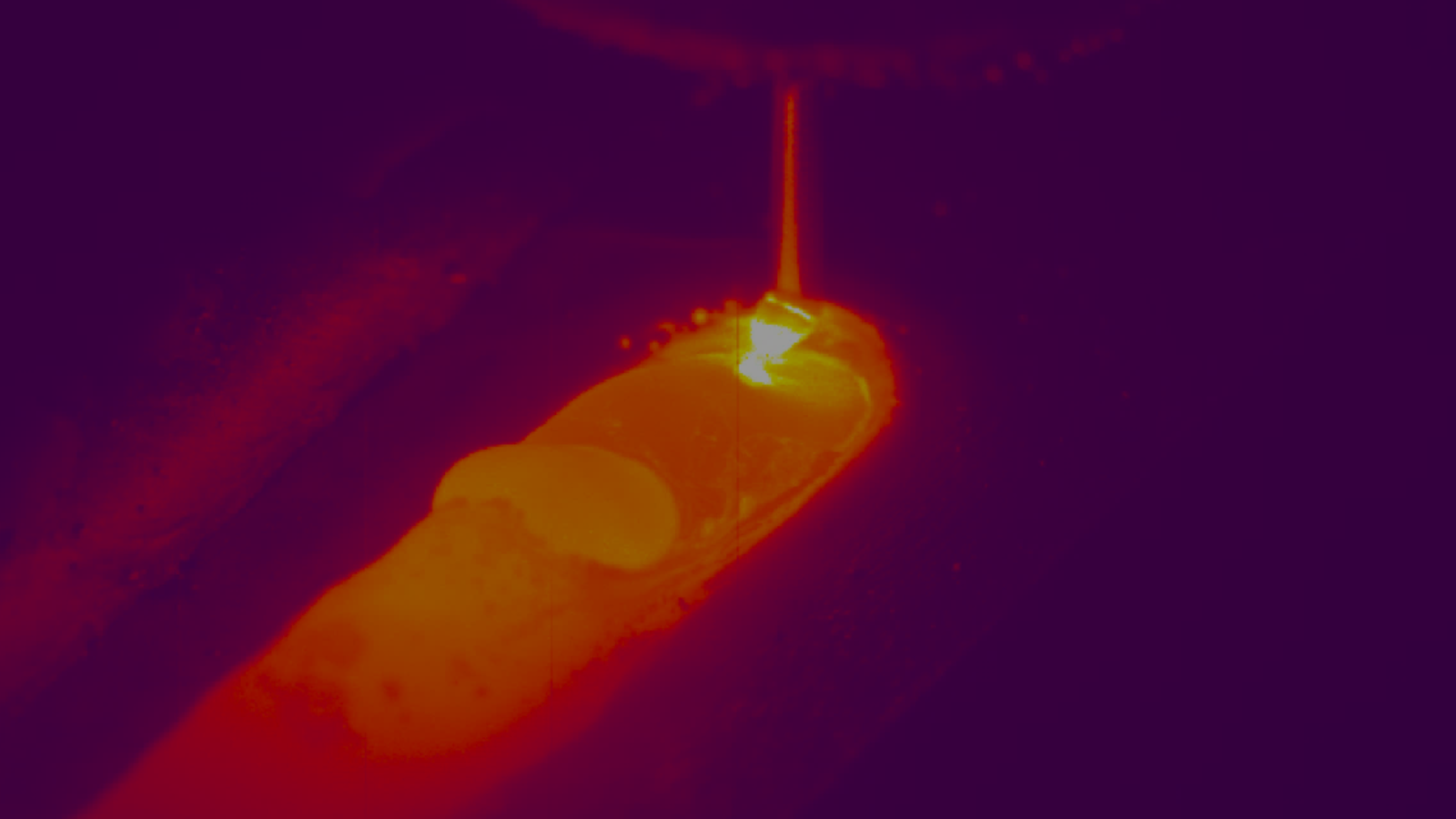Enhancing Weld Imaging with Triggering Technology
In our previous blogs on Machine Vision and Clearer Melt Pools, we explored how Near-Infrared (NIR) cameras provide significantly improved visibility of the melt pool and the cooling weld bead during welding. Thanks to their ability to reduce arc flashing, NIR cameras have become a game-changer in the field of welding visualization. However, while arc flashing is greatly minimized, residual spatter, arc light reflections in fumes, and occasional flashing still pose challenges to image clarity.
In this post, we look deeper into an advanced technique to further refine weld imaging: triggering technology.
What Is Triggering?
To understand triggering, it helps to first understand how a video camera captures motion. A video is simply a series of still images, or frames, captured in rapid succession—typically at a set frame rate. However, these frames are captured continuously, regardless of what's happening in the scene. In the dynamic and high-intensity environment of welding, this often results in frames being captured during periods of arc flashing or spatter, which obscure critical details of the melt pool.
Triggering solves this problem by synchronizing the camera’s frame capture with specific events during the welding process—namely, the moments when visibility is at its best.
Why Timing Matters in Pulsed Welding
Triggering is especially powerful when paired with pulsed short-circuit welding processes—a technique used by systems such as Lincoln Electric’s SST, Fronius CMT, and others. In these processes, the electric arc is not active throughout the entire weld cycle. Instead, the arc is periodically extinguished during the droplet transfer phase, when molten metal transfers from the wire to the melt pool.
It is in these fleeting, arc-free moments that the melt pool is most clearly visible, free from the overwhelming brightness of the arc. By triggering the camera to capture frames precisely at these intervals, we can effectively eliminate arc interference from the video entirely.
The Benefits of Triggered Imaging
As a result, video frames that are exceptionally sharp, clear, and free from distracting light artifacts. This enables better monitoring, more precise analysis, and improved documentation of the welding process. Technicians can observe the melt pool behavior in real-time with a level of detail that would be impossible under constant arc exposure.
Triggering Options from Xiris
At Xiris, we offer two primary types of triggering methods: Amperage Triggering and Voltage Triggering. Each method detects specific signals within the weld cycle—either changes in current or voltage—to pinpoint the arc-free moment. The choice between them depends on the specific characteristics of the welding process being used.
For instance, in applications where current fluctuations are more pronounced and reliable indicators, amperage triggering is often preferred. In others, voltage patterns may provide a more accurate signal for synchronization.
Conclusion
While NIR cameras already provide a major leap in weld visualization, triggering technology takes image quality to the next level. By capturing frames only during the arc-free moments of pulsed short-circuit welding, triggering ensures unparalleled clarity, less distraction, and improved monitoring capabilities. For anyone seeking the highest quality weld imaging, it is an innovation worth integrating into your workflow.





.png)


